We plan to be at the North Myrtle Beach Farmer’s Market on Friday, July 4th
and
The Conway Farmer’s Market on Saturday, July 5th.
Market Line-up
We’ll have our very own Local Honey, Aloe Vera plants, baby Basil plants, chicken and duck eggs, and freeze-dried onions from our garden.
Moisture in Honey
For a little over $20, you can buy a Refractometer, and many beekeepers have these in their arsenals to measure the water content of their honey. But what does it mean, and what do you do if the moisture content is high?
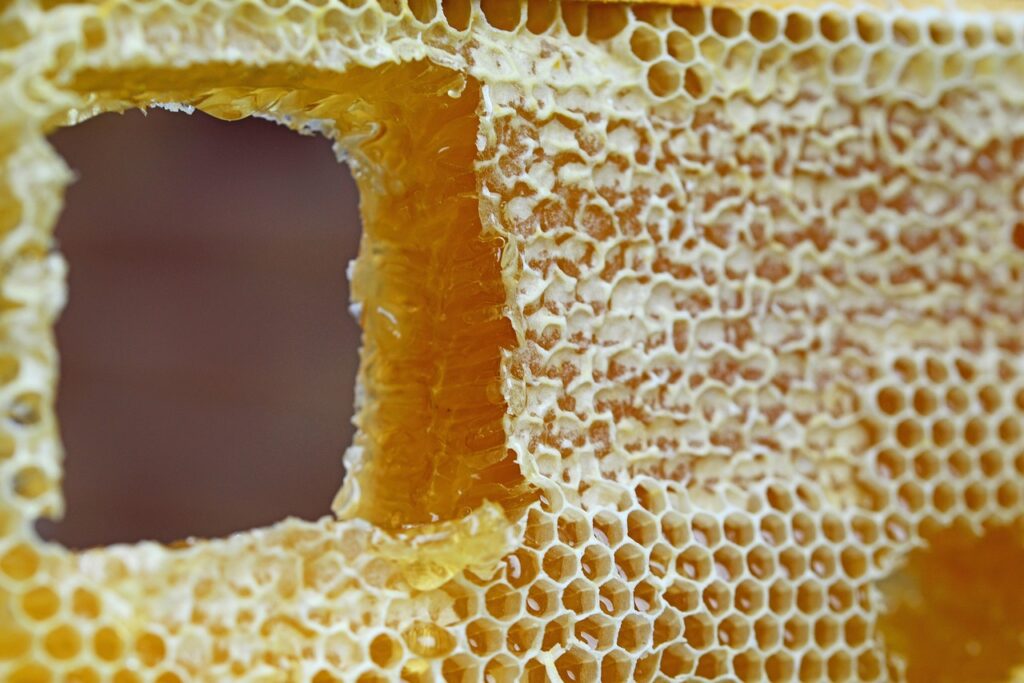
The level of water content is very important. If the percentage is 20% or higher, over time, your honey can ferment and make it unfit for consumption. When bees store honey, they will fan the honey with their little wings until it is safe to add their wax cap over the honey to seal it for future use. The basic standard for water content is 18.6% or lower, or it is not safe to bottle.
Bees are brilliant; they cap honey that is perfect for storage. But did you know that sealed honey can absorb moisture from the air when the humidity is high? It has a slower rate of absorption than uncapped honey, but it is still “hygroscopic,” meaning it attracts and absorbs moisture from its surroundings.
Dearth and Flow
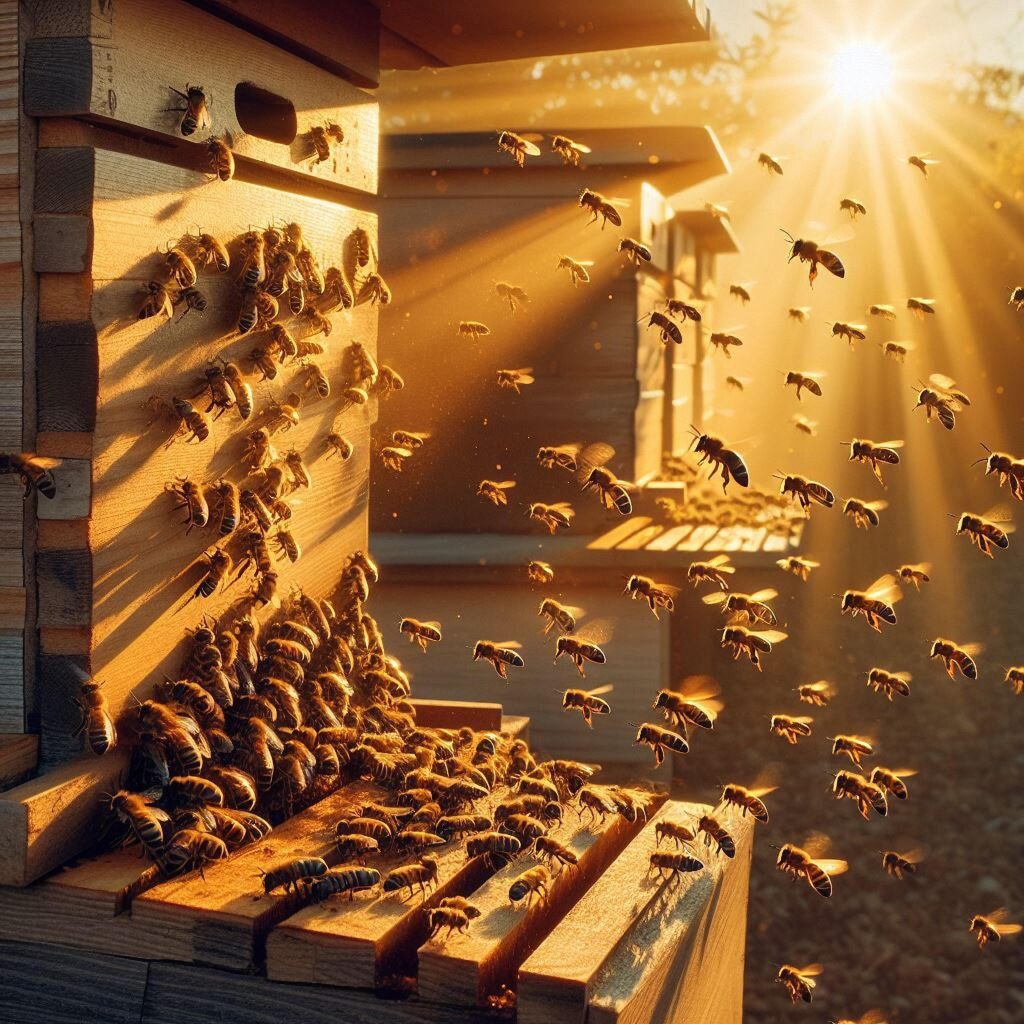
Beekeeping is an art, and if your goal is to harvest honey, then it is important to extract that honey before dearth. Dearth and Flow refer to periods of nectar abundance and scarcity. If you wait too long to extract, then the bees will eat up all the honey. Many of us will leave Autumn Flows for bees to consume the honey during the winter months, but in summer, we harvest.
What do you do when you need to harvest wet honey and can’t wait? You have a few choices.
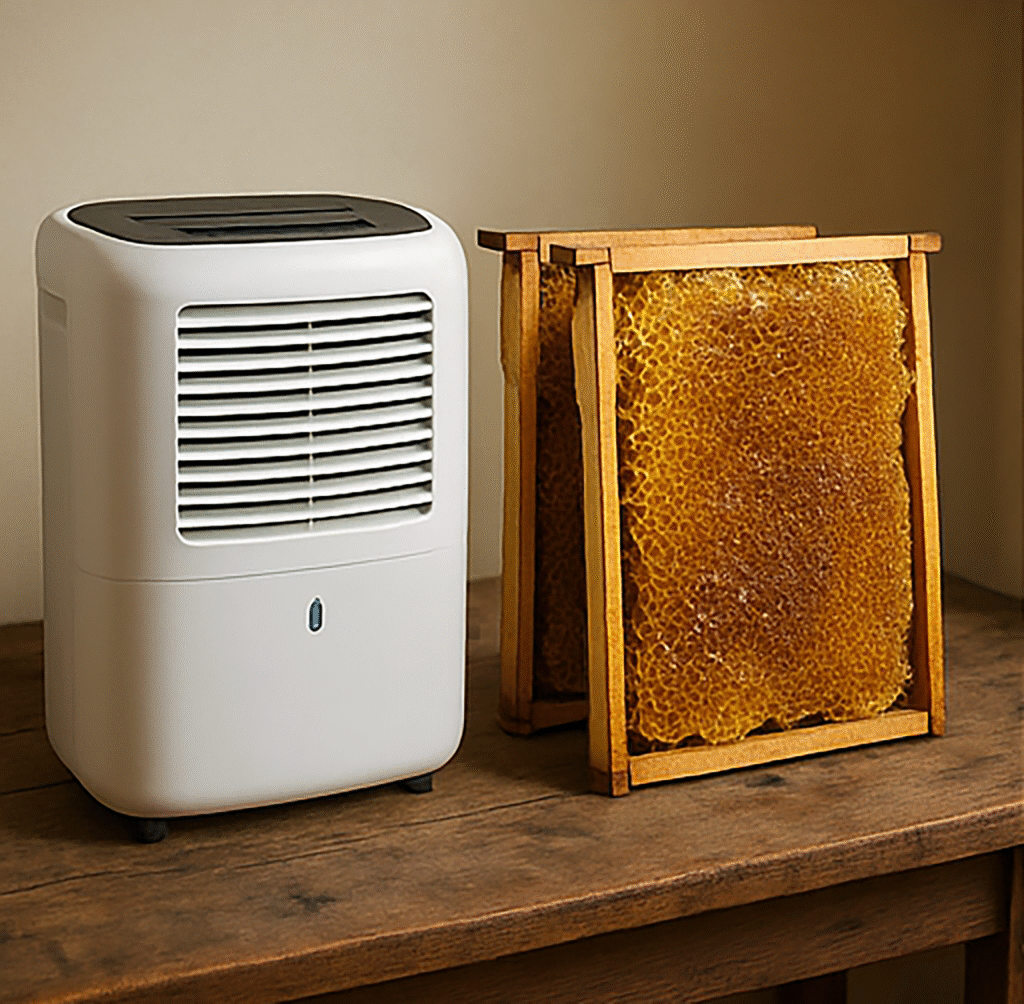
I. It seems a favorite option is to place your supers of comb and capped honey in a closed-up dry space with a dehumidifier, a heater, and a fan, having it blow through the frames until it reaches a safe moisture level. Some folks do this in their “honey house,” if you are fortunate enough to have one, while others create a room in a closet. We use a Grow Tent because it can be placed in the kitchen, where we extract honey following the cottage laws in our county.
II. If you’ve already extracted the honey and find it has a high moisture content, then you can still use the dehumidifying method above with a heater and fan. But, you’d need to place your honey in shallow baking sheets, so the drying process has as much surface area as possible. We have done this in the Grow Tent using a baking rack of trays with great success.
III. Another option, one we have not tried yet, is a bucket heater. You can buy a type of heating blanket (BeeBlanket) made to wrap around your plastic honey buckets or purchase a type of steel drum heater. I know they make honey heaters that are meant to prevent crystallizing your honey, as well as honey bottling tanks that also heat, but I am not sure if they will dry your honey. The thing with these is that as honey dries, it will create a dry film over the honey that you would have to stir to allow the moisture to escape. This film is also created on the baking sheet method above, but because there is more surface area exposed, you won’t need to stir.
The drying process typically takes from 48 to 72 hours, depending on the amount of honey and prevailing moisture levels. That means you must keep them drying in an isolated area free of pets and such for up to three days. We are currently only bringing in two buckets of honey; next year, we are hoping for seven. That is a substantial amount of lodging for drying honey that will be needed, and if it has to be done in batches, even longer.
We could not get the first option above to work for us. It seems to work on uncapped honey but not capped honey and that may be because folks leave it much longer in their honey house, which we do not have yet. If you do choose to use the first option, make sure there is no brood comb in your frames because that method creates a great habitat for hatching wax moths, in which you could lose all your honey.
Let me close by saying, being safe is our top priority at Three River Oaks Farm. It is so important to be informed about safety. Thank you for taking the time to visit and learn more about beekeeping.
♥ Happy Harvesting ♥
#apiary #bee #bees #honey #honeybee #beekeeping #pollen #beekeeper #pollinators #honeybees #honeycomb #beehive #savethebees #nectar #hive #pollination #beeswax #rawhoney #pollinator #beehives

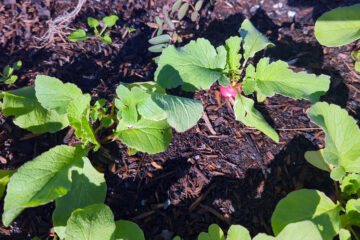
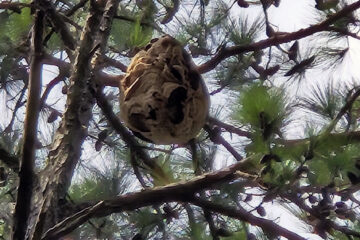
0 Comments